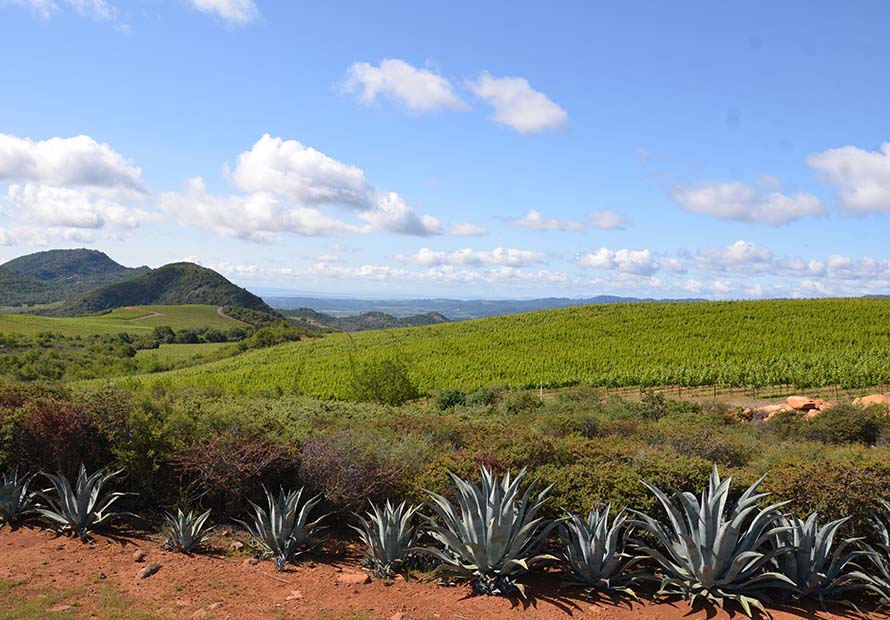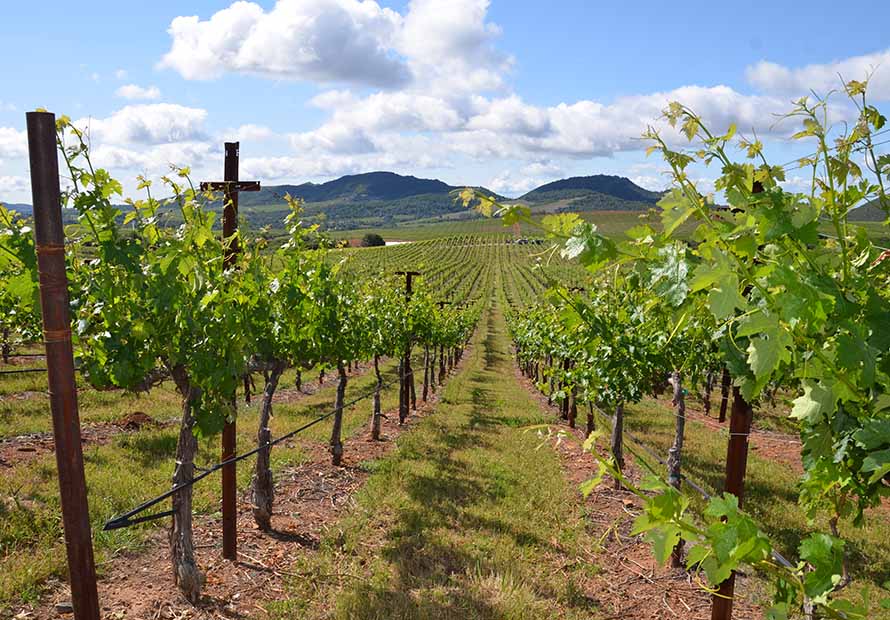Stagecoach Vineyard Details
Drive eight miles up Soda Canyon and you ascend to over 1,800 feet above the valley floor. From the craggy terrain of Pritchard Hill, you can gaze onto the expanse of Oakville’s world-famous wine estates far below. This might be called the last frontier of the Napa Valley – a wilder, more rugged country, fragrant with wild herbs and dotted with rare native plants.
It is here that our founders excavated over a billion pounds of basalt, andesite, and tufa boulders to create a remarkable property – Stagecoach Vineyard. Over the past two decades, over 600 acres of vines have been planted in 204 unique blocks.
We divide Stagecoach into four sections because of their distinct terroir: Pritchard Hill, Heart of the Vineyard, Bordeaux Region, and Atlas Peak Region.
Pritchard Hill
Napa County Soil Series
Mostly Hambright complex with small amount of Guenoc-Rock outcrop complex
Soil Characteristics
Soils in this region are characterized by red, volcanic soils made up of a boulder-strewn clay loam with a few solid rock outcroppings that have been dynamited to create a more uniform soil base.
Topography
Due to this section’s southwestern slopes and location, this is a warm area (great for Cabernet Sauvignon), but with more moderate mid-day temperatures (due to the marine influence) compared with the eastern part of the vineyard.
Climate
What makes this spot completely unique is its position at the very mouth of Foss Valley, overlooking Napa Valley, with a southerly view of the San Francisco Bay. There is usually a steady breeze coming up from the valley, providing more marine influence than the rest of the vineyard – the fog usually arrives here first.
Resulting Fruit
All of these factors contribute to the unique terroir of Pritchard Hill, positioning these blocks for ultimate ripening weather. Ripe, bold, and extremely concentrated describes the fruit from this region, which is destined for ultra-premium wines.



